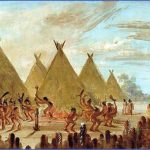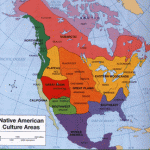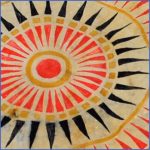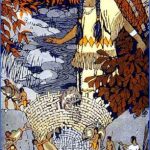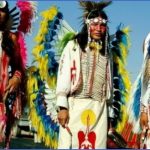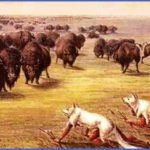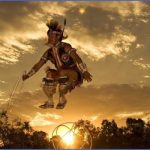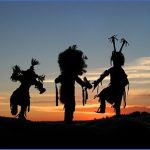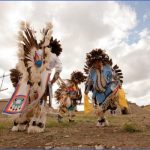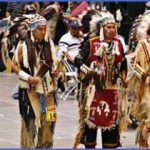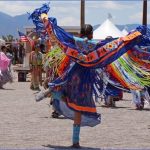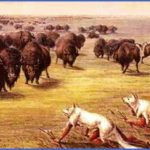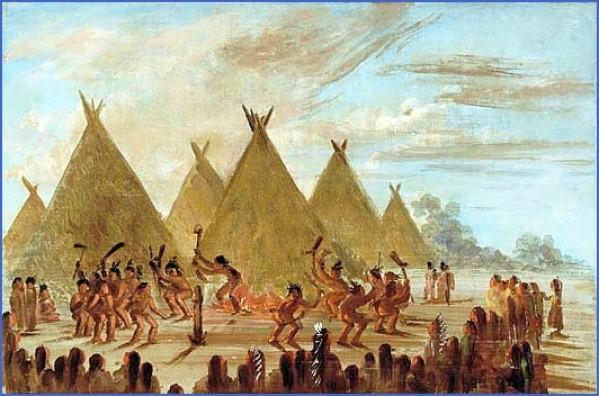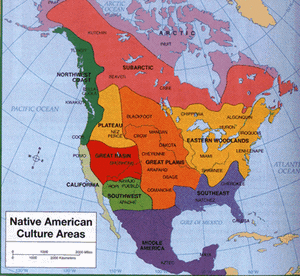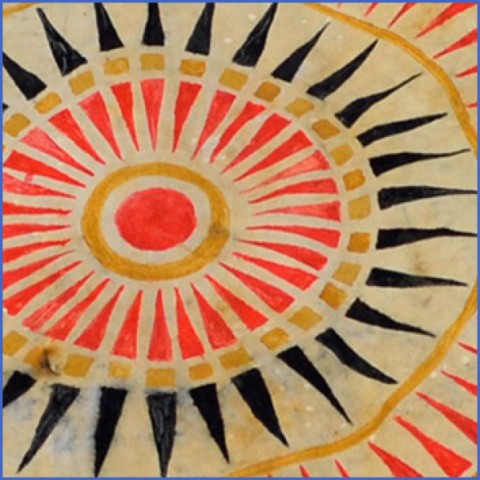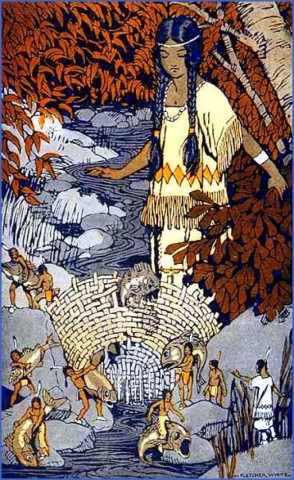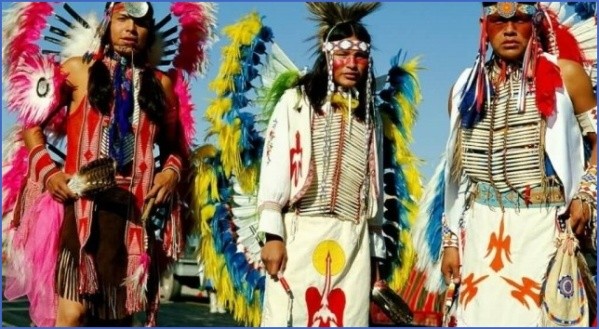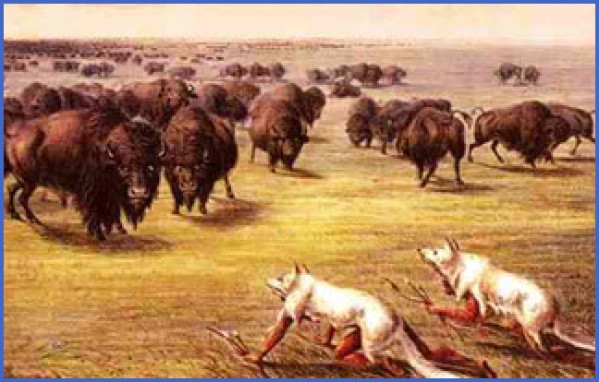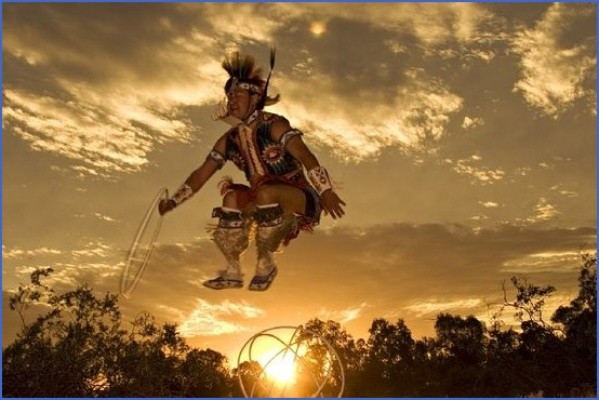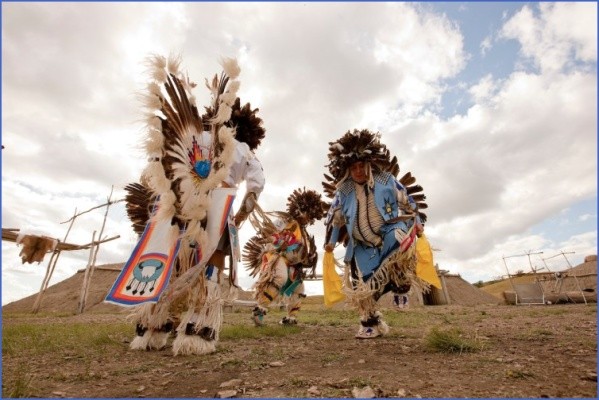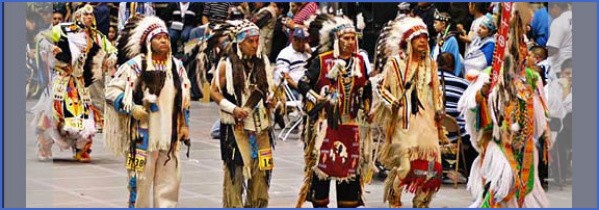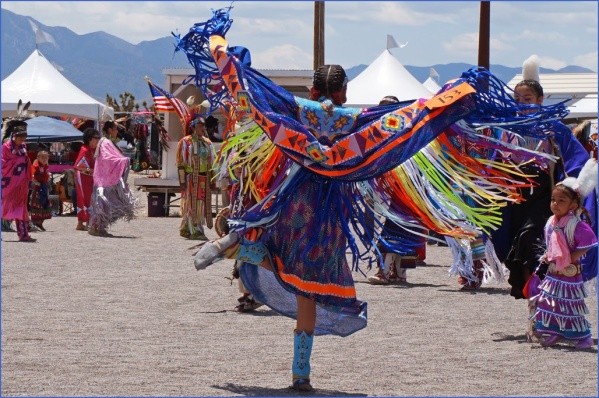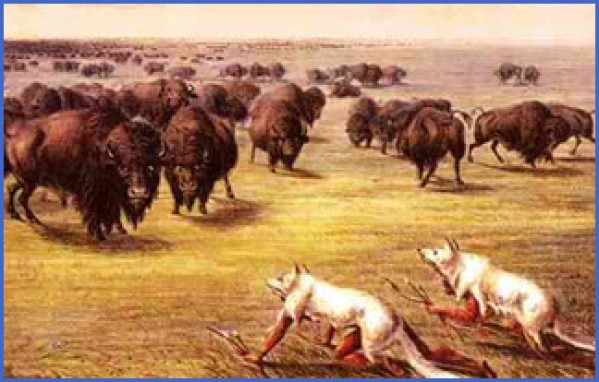There are several destinations throughout the U.S. where tourists can experience contemporary and historical Native-American culture.
Representing about 20% of the Native-American population, the Cherokee Nation is the largest Native-American tribe. A unique opportunity to visit the Eastern Band of Cherokee people is provided by the Cherokee Heritage Trails (www.cherokeeheritagetrail.org). The trails run throughout three southern states with interpretive centers in Calhoun, GA; Cherokee, NC; Franklin, NC; Murphy, NC; Red Clay, TN; Robbinsville, NC; and Vonore, TN.
Tahlequah, Oklahoma, is the political, cultural, and commercial capital of both the Cherokee Nation and the United Keetoowah Band. At the Cherokee Heritage Center (www.cherokeeheritage.org) in nearby Park Hill, visitors can learn history, research genealogy, take nature tours, watch performances, and explore re-created villages. Its very existence is a tribute to the perseverance of the Cherokee and, by extension, all Native Americans.
Among the Red Cliff Band of Lake Superior Chippewa (www.redcliff-nsn.gov), in Wisconsin, murals located in buildings throughout the reservation depict their heritage.
Native-American Culture Photo Gallery
A small community of basket makers and weavers continues to craft fine handwork that is sold locally.
At the Penobscot Nation Museum (www.penobscotnation.org/museum/Index.htm) visitors can see a birch-bark canoe made without screws or nails and sewn up with spruce root and waterproofed with pine pitch. The Penobscots are the original natives of Maine.
The Alaska Native Heritage Center (www.alaskanative.net) is a gathering place to celebrate Alaska’s 11 distinct native cultures through art, song, storytelling, and dance. Guided tours and sleigh rides also are available.
Skywalk (www.hualapaitourism.com/skywalk), on the Hualapai Indian Reservation (Arizona), opened in 2007 on the western rim of the Grand Canyon. The glass-bottomed, horseshoe-shaped deck juts almost 70 feet from the canyon’s rim, giving visitors the sensation of being suspended amid the canyon’s towering red rock walls above a faint sliver of Colorado River flowing far below. Prior to the opening of Skywalk the tribe already drew more than 150,000 visitors a year to what is marketed as Grand Canyon West – offering helicopter sightseeing flights, rafting and pontoon boat rides, an Indian village, and a replica Old West town. Skywalk attracts over 500,000 visitors each year.
Tribes in other areas of the southwest have taken advantage of the region’s success as a tourist destination. The Gila River Indian Community (www.gilariver.org) outside Phoenix, for example, has built three 18-hole golf courses and a 500-room resort managed by Sheraton.
Native-American attractions are abundant throughout New Mexico. In Albuquerque, the Indian Pueblo Cultural Center (www.indianpueblo.org) provides a gateway to the 19 pueblos of New Mexico. Most of the pueblos have a museum or other cultural attraction available to the public.
Taos Pueblo (www.indianpueblo.org/19pueblos/taos.html) has been designated as a World Heritage Site. Fifty miles west of Albuquerque the Acoma Pueblo (www.acomaskycity.org), North America’s oldest continuously inhabited community, operates the Sky City Cultural Center and Haak’u Museum. Chaco (www.nps.gov/chcu/index.htm), in the northwest region of the state, was the center of the ancient Anasazi culture and is recognized as the foremost Native-American archaeological site in the country.
The Santa Fe Indian Market, held one weekend every August since 1921, is the largest display of Native-American art in the U.S. Over 1,100 artists representing 100 tribes participated in the 2014 Market; attendance exceeded 100,000 people and an economic impact of $19 million was estimated.
The Chickasaw Nation invested $260 million on tourism projects throughout Oklahoma, including $153 million to convert the WinStar Casino (www.winstarcasinos.com) near Thackerville into a Las Vegas-style venue. Other investments include $40 million to improve casinos in Goldsby and Newcastle and $27 million to build a grand palace resembling the Artesian Hotel built on the same spot near Sulphur around the time Oklahoma became a state in 1907.
Strike at the Wind, a theatrical musical where Lumbee Indians commemorate Henry Berry Lowrie, a Native-American Robin Hood, is performed under the stars at the Museum of the Native American Resource Center (www.uncp.edu/nativemuseum), in Pembroke, North Carolina. A variety of musical shows, pow wows and seasonal festivals, and a barbecue cook-off are featured throughout the year at the center.
One of the popular attractions in Seattle is a four-hour adventure to Tillicum Village (www.tillicumvillage.com) that includes a cruise on Elliott Bay, a traditional Indian-style salmon buffet, and the Northwest Coast Native-American dance performance. The excursion dates to 1962.
Various tribes and groups of tribes host annual pow-wows. The following are among the major events:
• Crow Fair, the Apsaalooke Nation’s pow-wow; held in August (Crow Agency, MT; www.crow-nsn.gov/crow-fair-2016.html)
• Dance for Mother Earth, a student-run pow-wow; held in March (Ann Arbor, MI; www.umich.edu/~powwow)
• Gathering of Nations; the largest U.S. pow-wow with approximately 500 tribes; held in April (Albuquerque, NM; www.gatheringofnations.com)
• Haskell Spring Commencement Pow Wow; held in May in conjunction with commencement at Haskell Indian Nations University (Lawrence, KS; www.haskell.edu)
• Lumbee Spring Pow Wow celebrates the heritage of the Lumbee and other southeastern tribes; held in May (Lumbee, NC; www.lumbeetribe.com)
• Morongo Thunder and Lightning Pow Wow, the pow-wow of the Morongo Band of Mission Indians; held in September (Cabazon, CA; www.morongo.com)
• Ponca Pow Wow; held in August (Ponca City, OK; www.ponca.com)
• Red Earth Festival, members of 200 tribes participate; held in June (Oklahoma City, OK; www.redearth.org)
• Shinnecock Pow Wow; held in September (Southampton, NY; www.shinnecocknation.com)
• United Tribes Pow Wow; held in September at the United Tribes Technical College; draws from 70 tribes (Bismark, ND; www.unitedtribespowwow.com)
Other pow-wows are listed at www.powwows.com.
The 2016 Readers Choice Awards poll by 10Best (www.10best.com), a USA
Today travel site, ranked the Best Native American Experiences as follows:
• Acoma Pueblo (Acoma, NM)
• Taos Pueblo (Taos, NM)
• Cherokee Heritage Center- Park Hill, OK)
• Mesa Verde National Park (Colorado)
• Museum of the Cherokee Indian (Cherokee, NC)
• Santa Fe Indian Market (Santa Fe, NM)
• Heard Museum (Phoenix, AZ)
• Gathering of Nations PowWow (Albuquerque, NM)
• American Indian Film Festival (San Francisco, CA)
• Indian Pueblo Cultural Center (Albuquerque, NM)
Neighborhoods
Staying in and exploring neighborhoods lets travelers experience the personality of a city. Many travelers visit the high-profile tourist attractions of a city on their initial visits, then visit neighborhoods on return trips to experience a city as locals see it.
A list of 670 neighborhoods in metropolitan areas that are popular with tourists is presented at www.rkma.com/neighborhoods.pdf.
Maybe You Like Them Too
- Top 10 Islands You Can Buy
- Top 10 Underrated Asian Cities 2023
- Top 10 Reasons Upsizing Will Be a Huge Travel Trend
- Top 10 Scuba Diving Destinations
- World’s 10 Best Places To Visit

